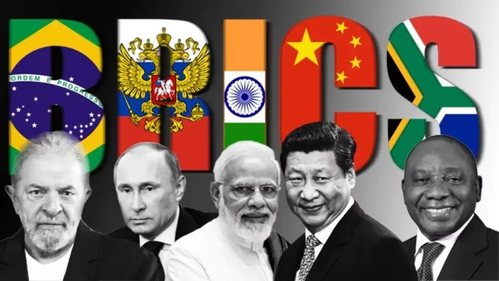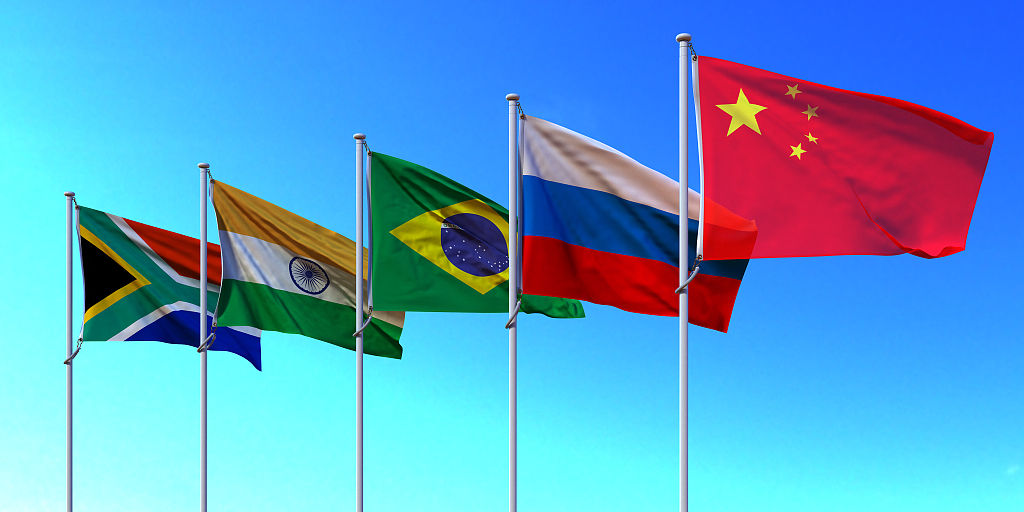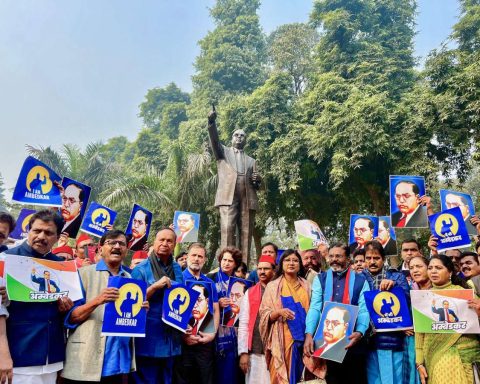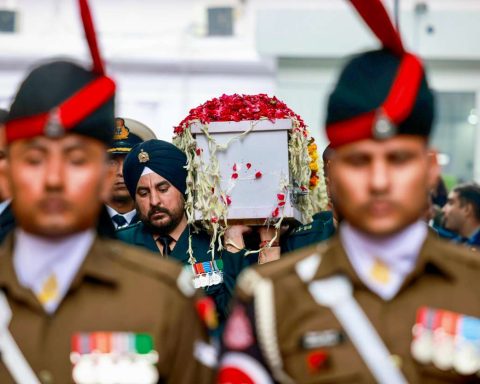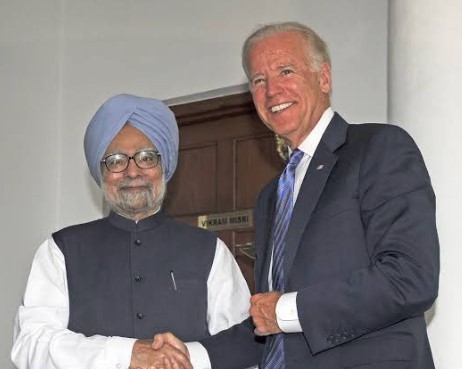Other organisations such as ASEAN and the SCO have a three step process for full membership, beginning with observer status, and moving on to a dialogue partner status. India had to undergo this process with ASEAN and had to wait some years to become a full SCO member, writes Kanwal Sibal
The issue of BRICS expansion is important in many ways. The seed of BRICS lies in the Russia-India-China (RIC) dialogue initiated by the Russians. Russia had lost its peer status as a global power with the US following the collapse of the Soviet Union. The world, especially for the Russians, had moved from bipolarity to unipolarity.
The US believed it had won the Cold War; some in the West thought that history had ended, and that western ideas of democracy, human rights and market driven economies would henceforth prevail. America’s sense of triumphalism led to it to believe that it could shape the global environment in accordance with its liberal ideologies. This was America’s unipolar moment.
To counter this US unilateralism and enable a diminished Russia to recover to a degree its great power role in international affairs, the concept of RIC emerged. RIC would bring together Russia as an Eurasian power and the two biggest powers of Asia to have a say in global governance and resist the West’s hegemonic grip on the global order.

With RIC becoming BRIC with Brazil’s inclusion, the canvas of resisting the West’s increased global domination got enlarged beyond Asia and acquired an additional continental dimension. To ascribe BRIC paternity to Jim O’Neill of Goldman Sachs is simplistic and misleading. The acronym BRIC may have been coined by him, but for Russia the project was always political, rooted in promoting multipolarity in global affairs. Which is why Russia insisted that the first meeting of BRIC countries in New York be held at the level of Foreign Ministers and not Economic Ministers ( India was represented by Pranab Mukherjee as Foreign Minister).
China pushed for South Africa’s inclusion and BRIC became BRICS. This also served China’s interest in making the IBSA (India-Brazil-South Africa) grouping to promote South-South cooperation lose political and economic value as most of its objectives could be met within BRICS, but not with India in the lead position.
Since BRICS first emerged, its centre of gravity has steadily shifted from Russia to China. The economic gap between Russia and China has greatly widened. China has become the world’s largest manufacturing power and the biggest exporter of goods, while also taking the lead in many emerging and critical technologies. It is also emerging as a major military power. Its Belt and Road project has become a powerful vehicle for its influence in the developing world.
The economic gap between China and India has also grown. If the BRICS countries have increased their share of global GDP from 8% in 2001 to 26% today, it is essentially because of China’s rise. The other new feature of BRICS is that India’s economy, as the world’s fifth largest, has overtaken that of Russia too in size and, if, as expected, it becomes the third largest by 2027 or so, the economic imbalances within BRICS would have grown even more.
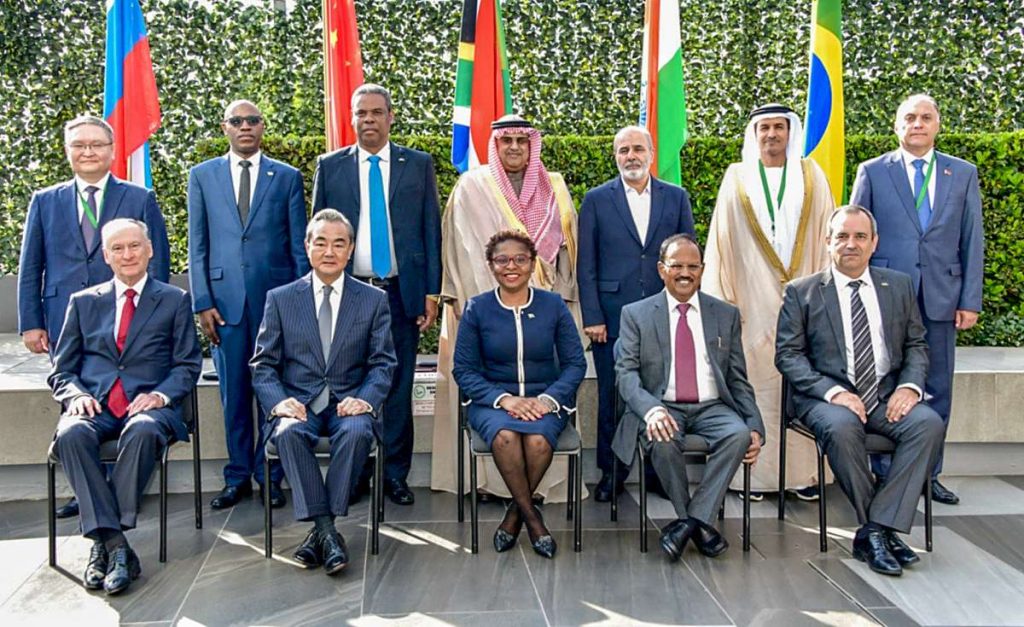
It is significant that even when RIC, BRIC and BRICS emerged with their clear platform to promote multipolarity, more democracy in international governance, adhere to the principle of non-interference in the internal affairs of other countries, to not seek to impose particular forms of government and values of one set of countries on others, abjure regime change policies etc, relations of Russia, China and India with the West progressed notably.
Russia was included in the G 7, which became G 8, and western investments in Russia grew in size, space cooperation with the US expanded etc., despite the simultaneous emergence of geopolitical tensions centered on promotion of colour revolutions in the erstwhile Soviet space and bouts of NATO expansion. China’s relations with the US and Europe grew immensely, with the US and Germany in Europe becoming China’s biggest trade partners. China’s rise, which is seen as threatening today by the West, occurred because of western support. India too saw a transformation of its ties with the US with the signing of the nuclear deal and the beginning of defence cooperation.
Today, the picture is very different. Relations between the US and Russia as well as with China have either collapsed or have become confrontational. Both Russia and China are seen as adversaries by the US. The Ukraine conflict has, in fact, become a proxy war between NATO and Russia, with the declared goal of the US being Russia’s economic isolation, its strategic military defeat, and even regime change with the ouster of President Putin.
The draconian western sanctions on Russia have disrupted the economic and other ties of other countries with it, and has brought some pressure even on China and India. The impact of shortages and price rises in the supply of food grains, fertilisers and energy on the developing countries has caused great concern. Other than this, America’s weaponising of finance, the leverage that the dollar as the world’s prime reserve currency gives to the US to dominate the global financial system, the confiscation of Russia’s foreign exchange reserves etc. have implications for the future for all non-western countries. If all this can be done to Russia, a formidable nuclear power, other much weaker countries have to draw lessons.
US-China military tensions in the western Pacific have now entered the domain of emerging and critical technologies where the US is intent on throttling China’s advances. The danger of a military conflict being triggered over the Taiwan issue cannot be discounted.
The issue of BRICS being productive investment destinations in a globalising world is no longer relevant. Individual countries like India have, of course, become attractive in this regard with moves to de-risk supply chains, that is, to move out of China in critical areas. The investment agreement between Europe and China has been frozen. South Africa’s economy is not in good shape. Brazil, as a resource rich country, has expanded its ties with China, and with the return of Lula, there is a change in political ideology there.
The issue of BRICS expansion is therefore arising in a very different geopolitical and geo-economic context. China is the driving force behind it in view of the country’s massive economic and financial strengths, which it can leverage to expand its influence globally as it sets itself up as a rival power to the US. It can bring the potential new members into its economic orbit more tightly.
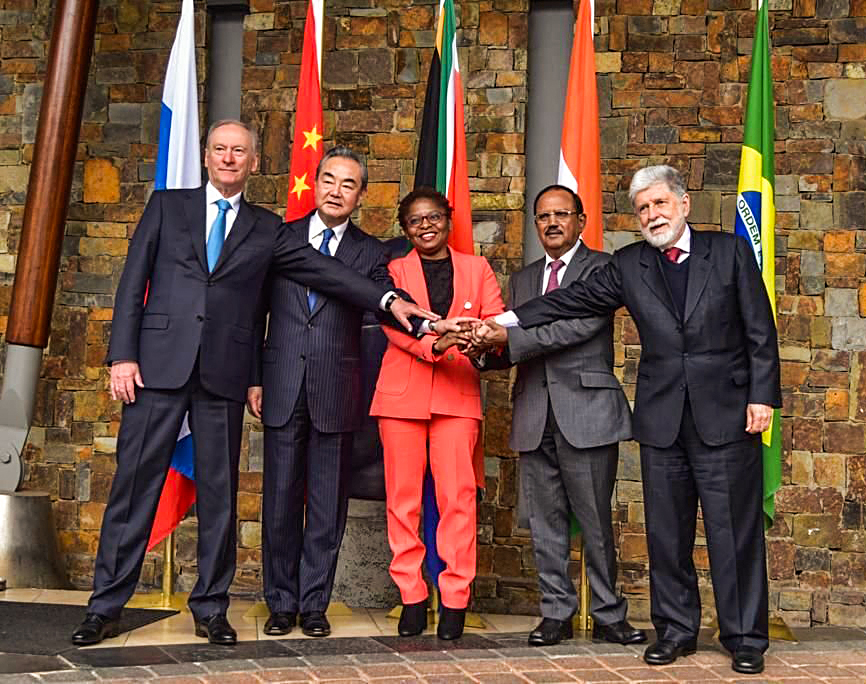
Russia, at loggerheads with the West, would want to weaken the grip the West has on developing countries through the global financial and other institutions it still controls by offering them membership of a multilateral platform outside the control of the West, which is unlike even the G 20 that still has the G7 and the EU as members. This will enable these countries to hedge themselves against political, economic and social pressures from the West. Those developing countries not making the grade for membership of the G 20 would feel attracted to BRICS.
Russia, as well as China, would see BRICS also a grouping for trading in their national currencies to the extent feasible and creating eventually a BRICS reserve currency based on gold and other natural resources, a proposition that may not be easy to realise. The goal behind this would be the de-dollarisation of the global trading system. India too wishes to increase the role of the Indian rupee in India’s external trade, though it will be very cautious about any overt agenda of de-dollarisation because of its complexities, political sensitivities and concerns about the prospects of the Chinese Yuan being the biggest beneficiary of this project.
Any expansion will have to be based on certain principles and criteria, and this will no doubt be the subject of intensive consultations. A quick consensus may not be easy to reach. Brazil has already voiced concerns about any rapid expansion. Other organisations such as ASEAN and the SCO have a three step process for full membership, beginning with observer status, and moving on to a dialogue partner status. India had to undergo this process with ASEAN and had to wait some years to become a full SCO member.
According to the South African government, 22 countries have already formally applied for BRICS membership. This includes Saudi Arabia, UAE, Algeria, Egypt, Bahrain, Indonesia, Argentina, Iran, Turkey, Mexico, Nigeria, Cuba, Democratic Republic of Congo, Gabon, Kazakhstan, etc.
This list shows the geopolitical churn that is taking place in international affairs.
